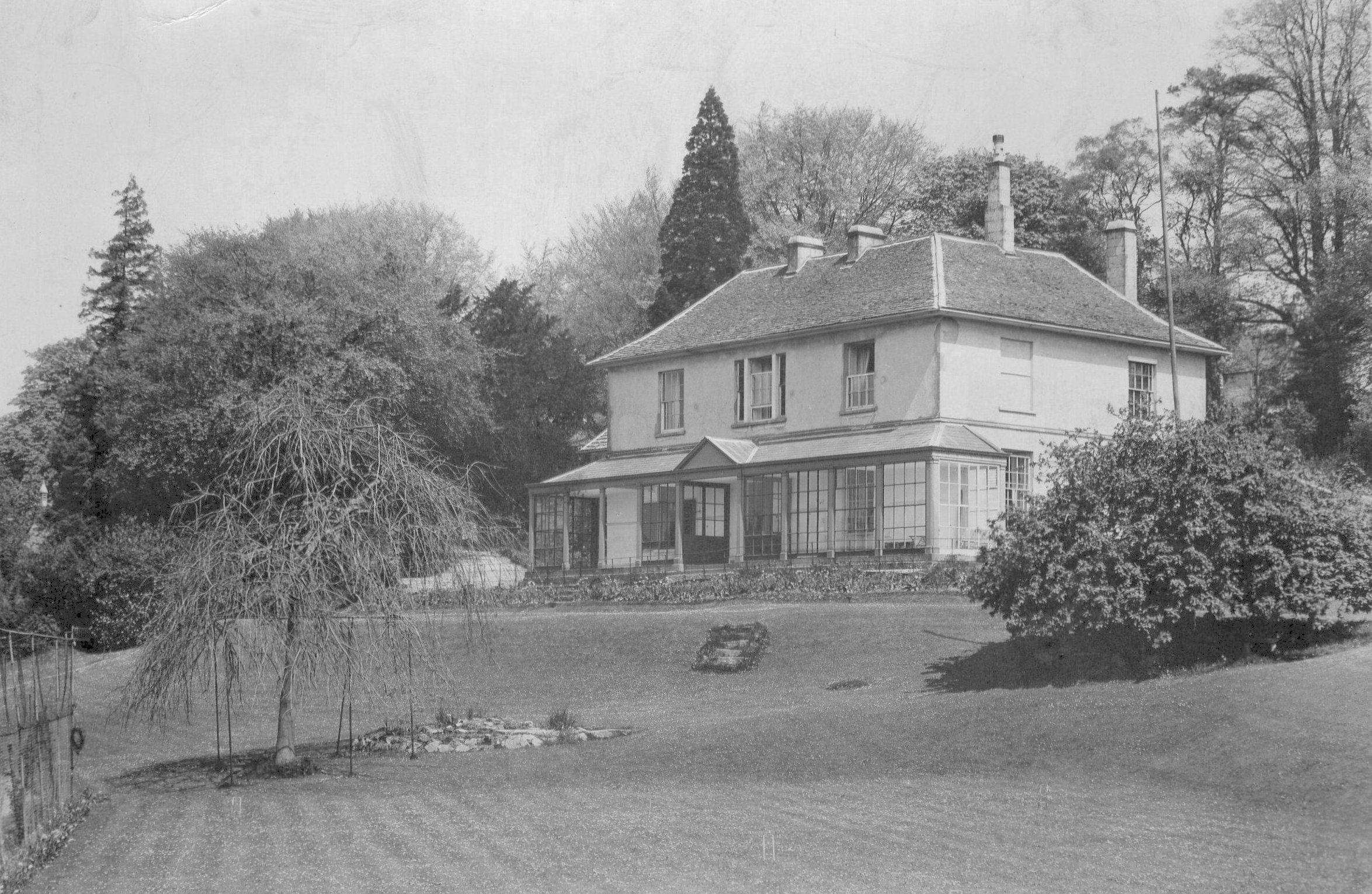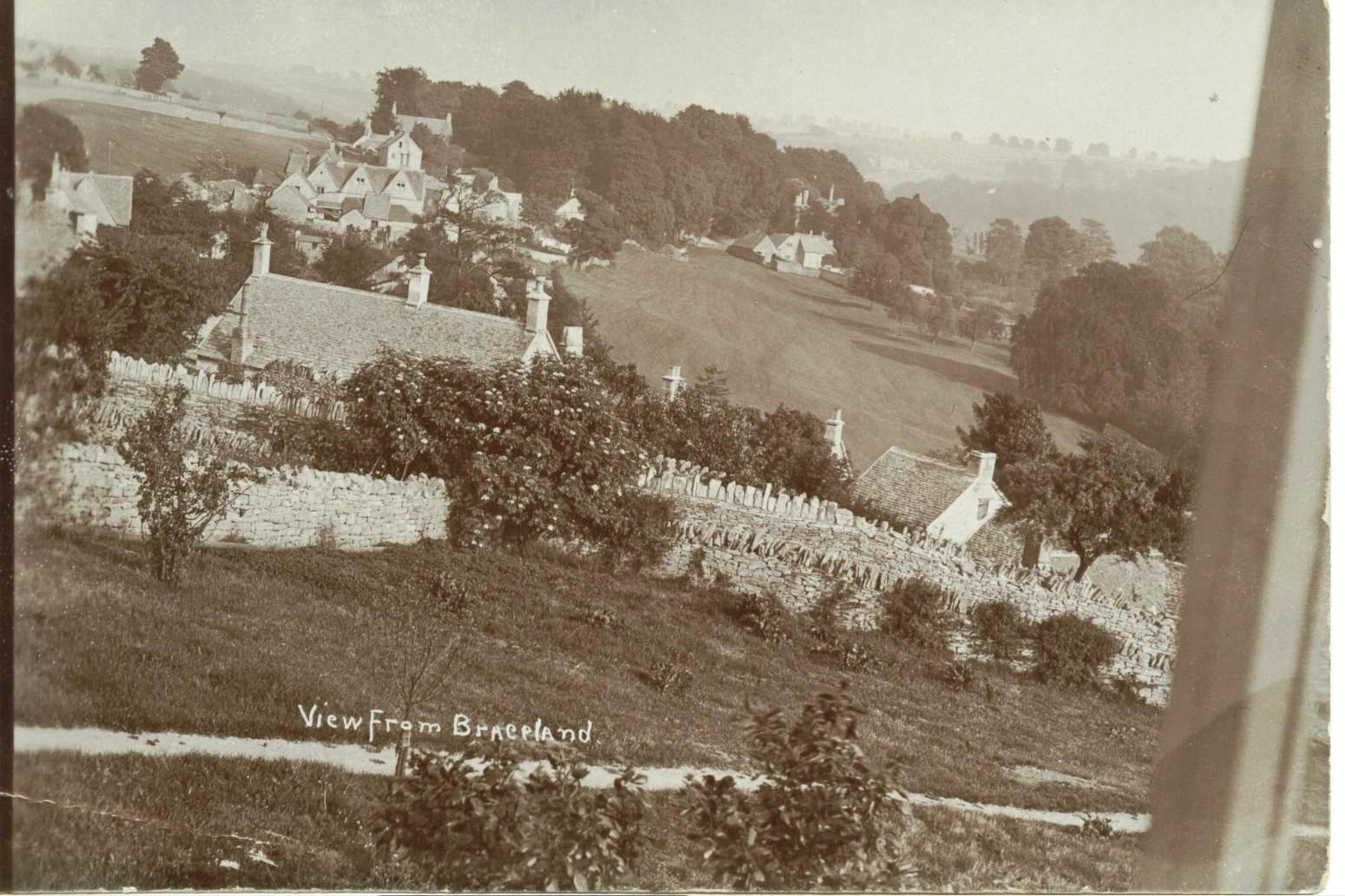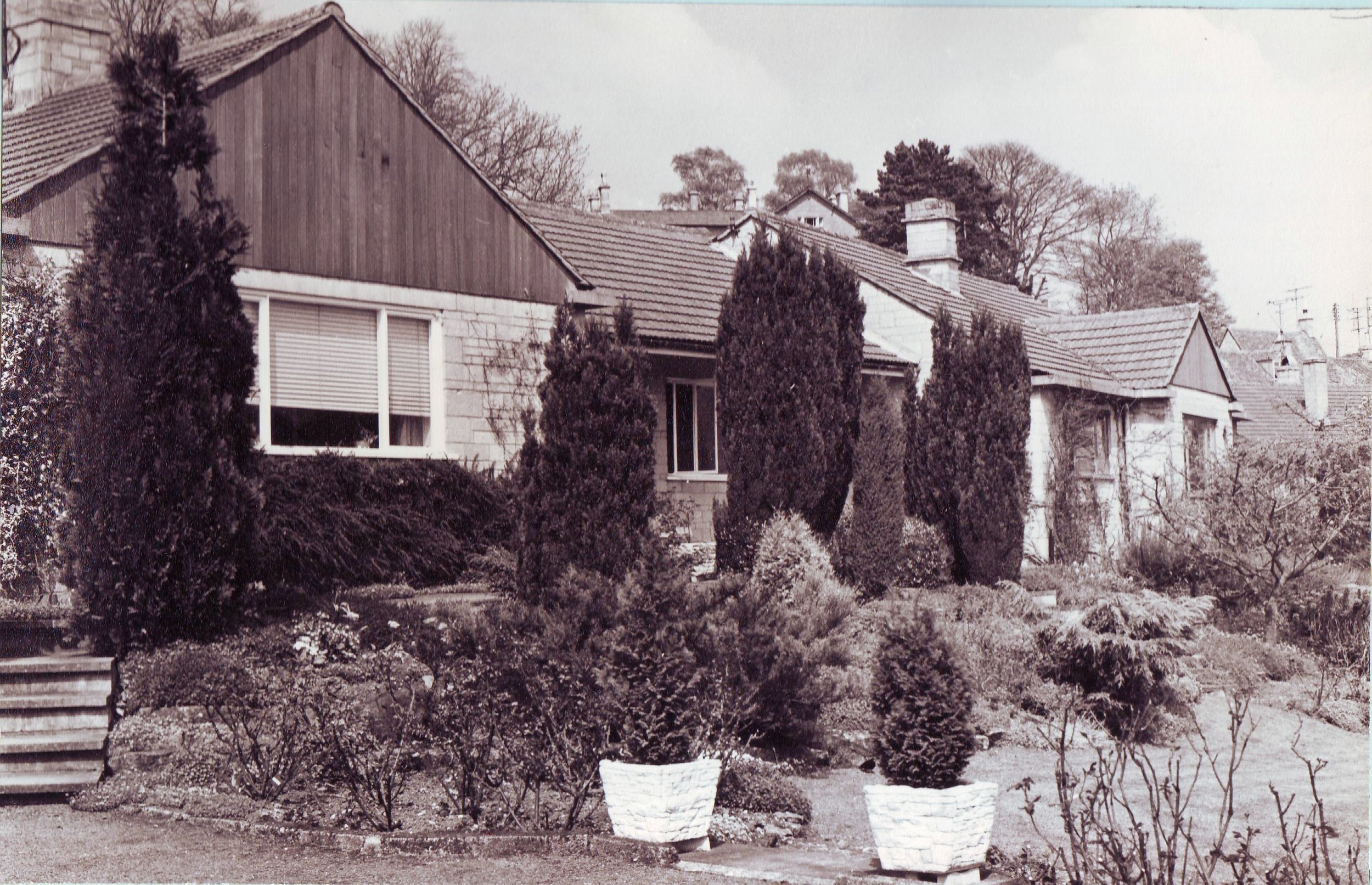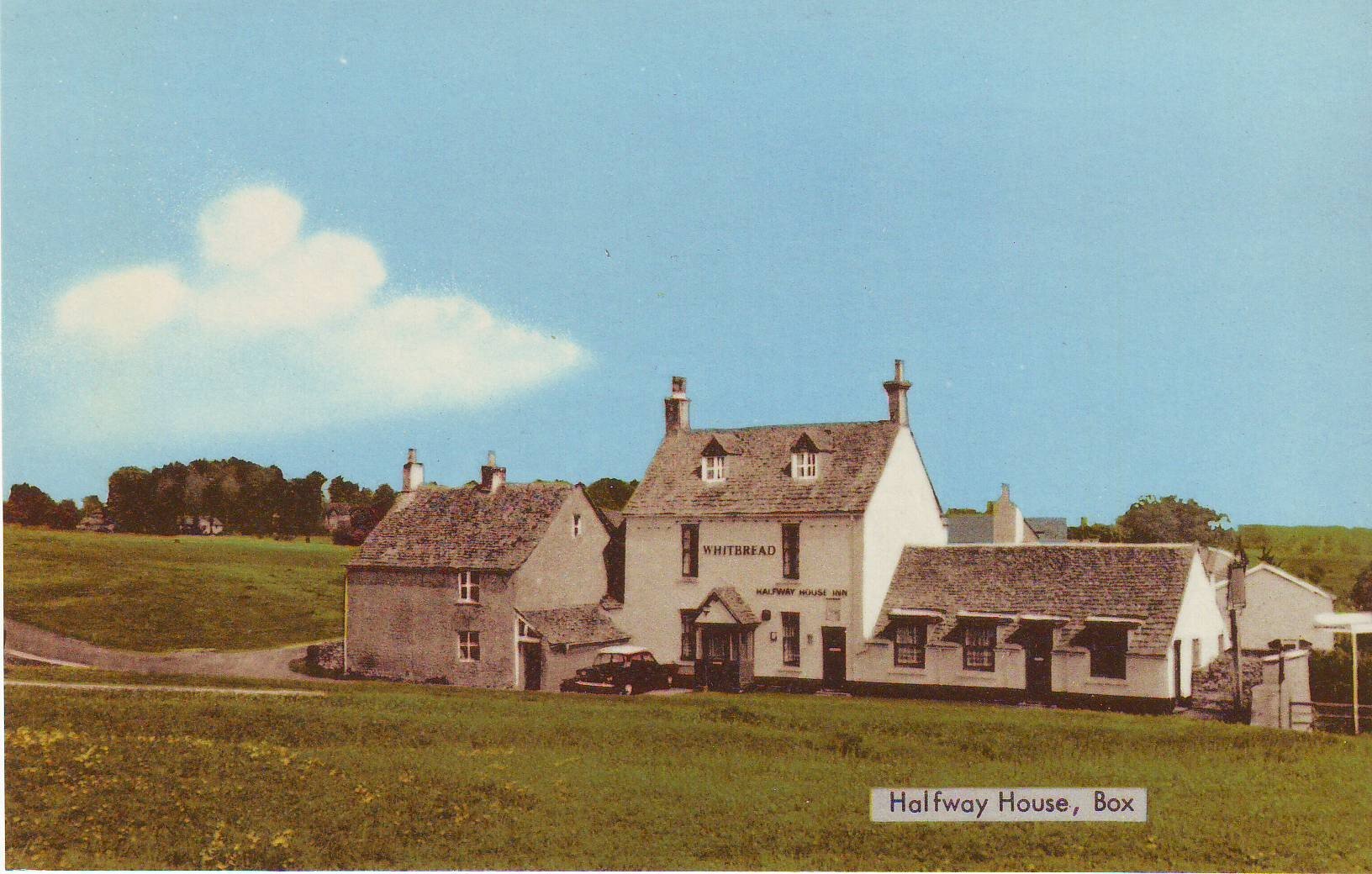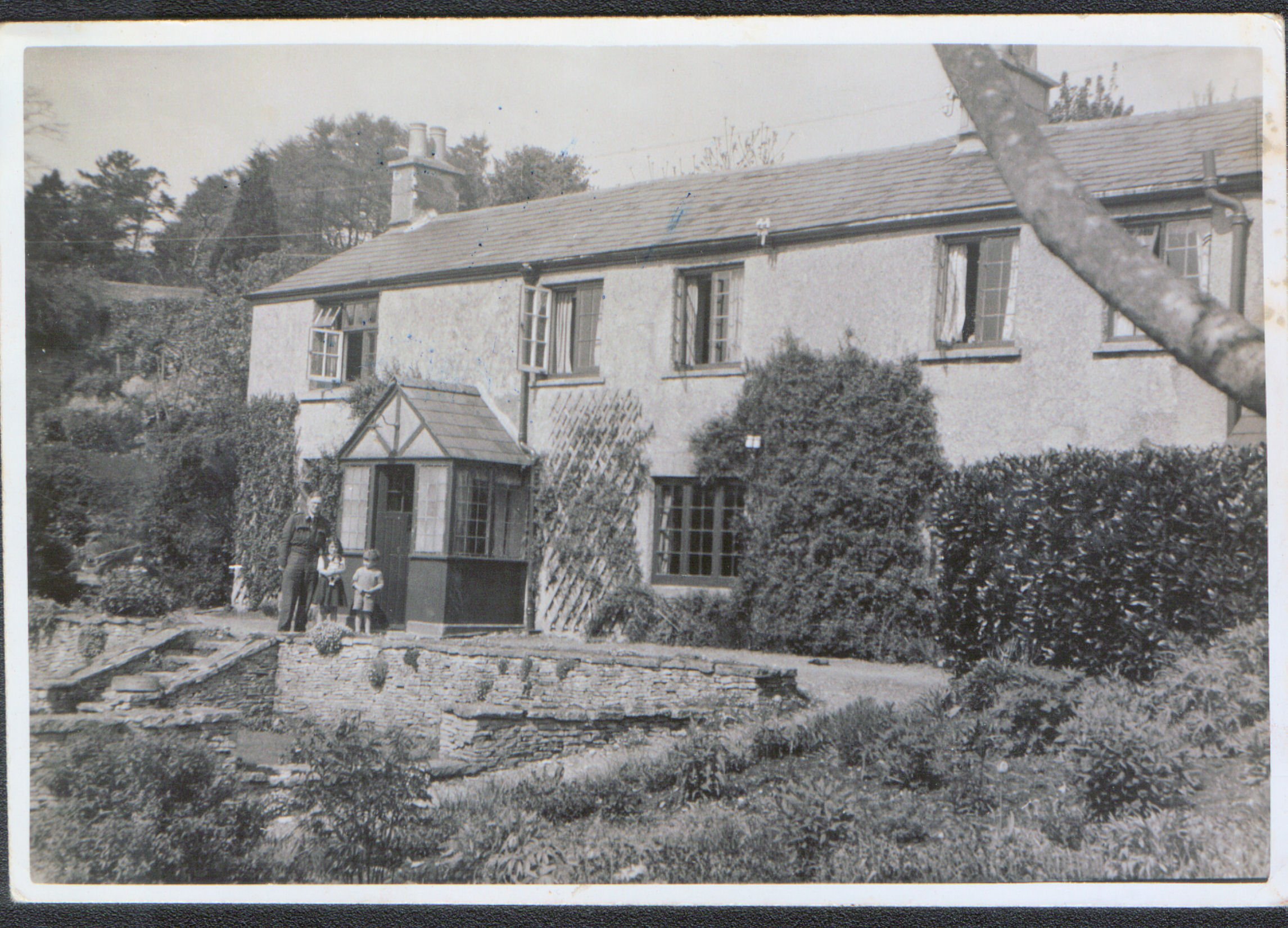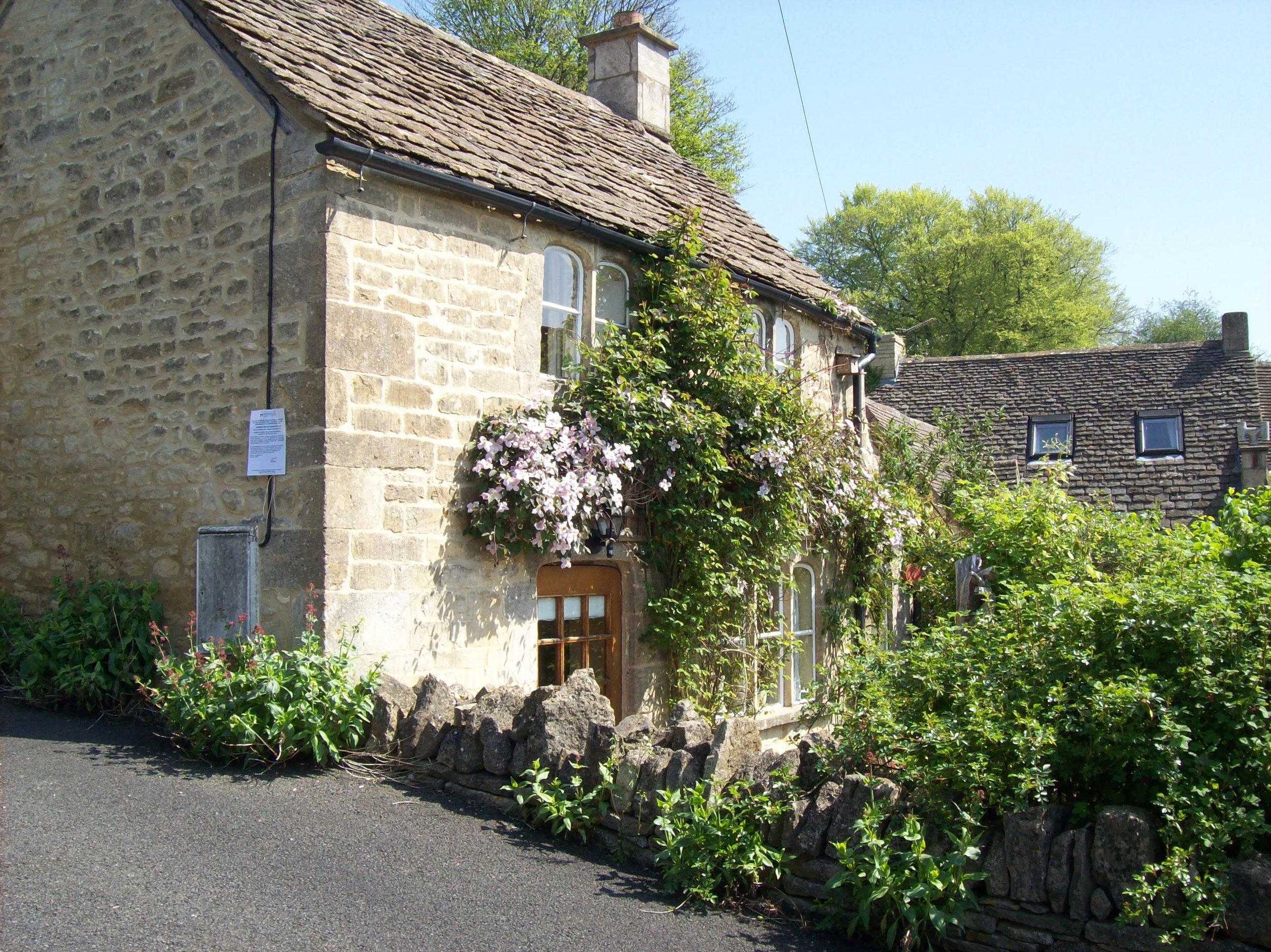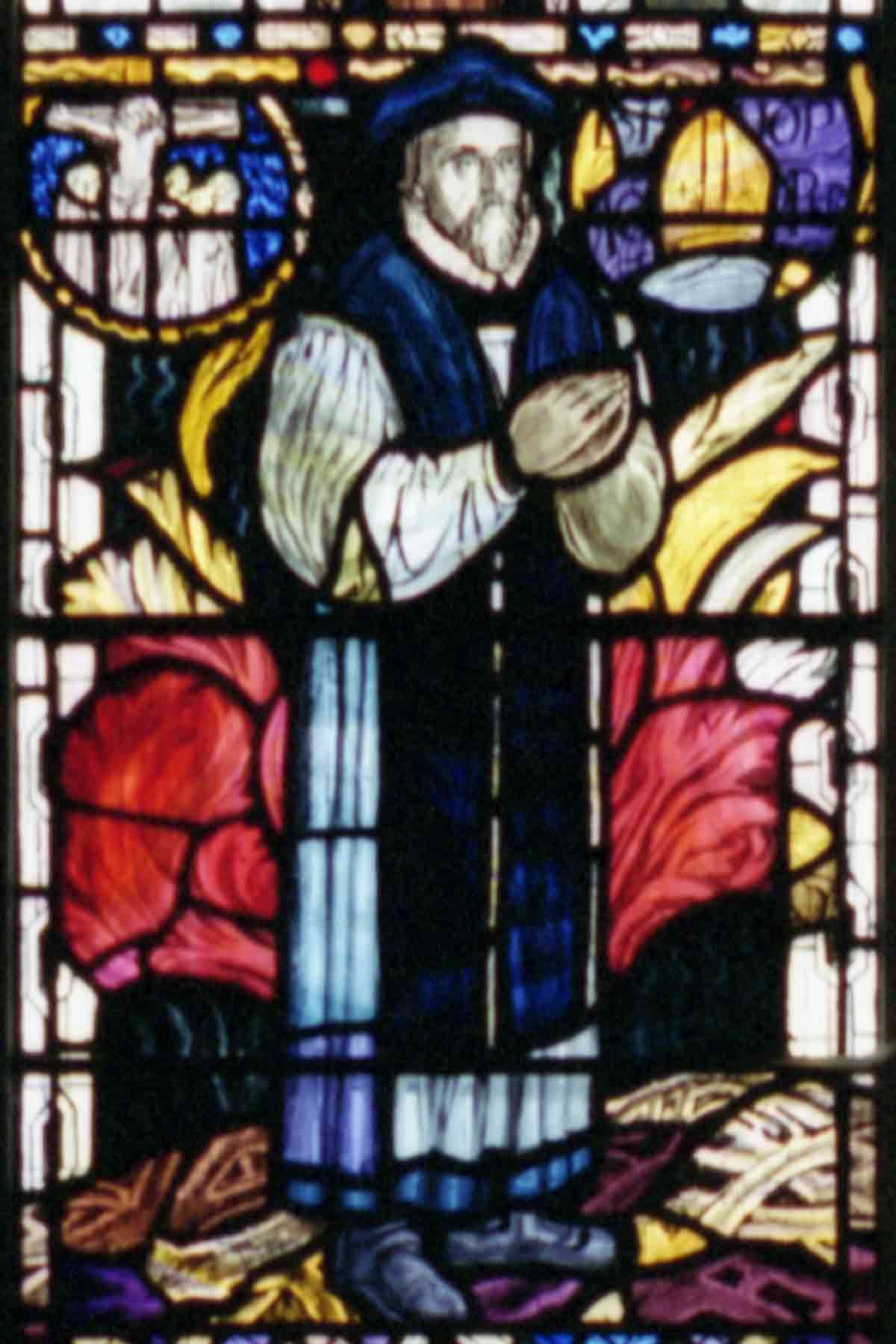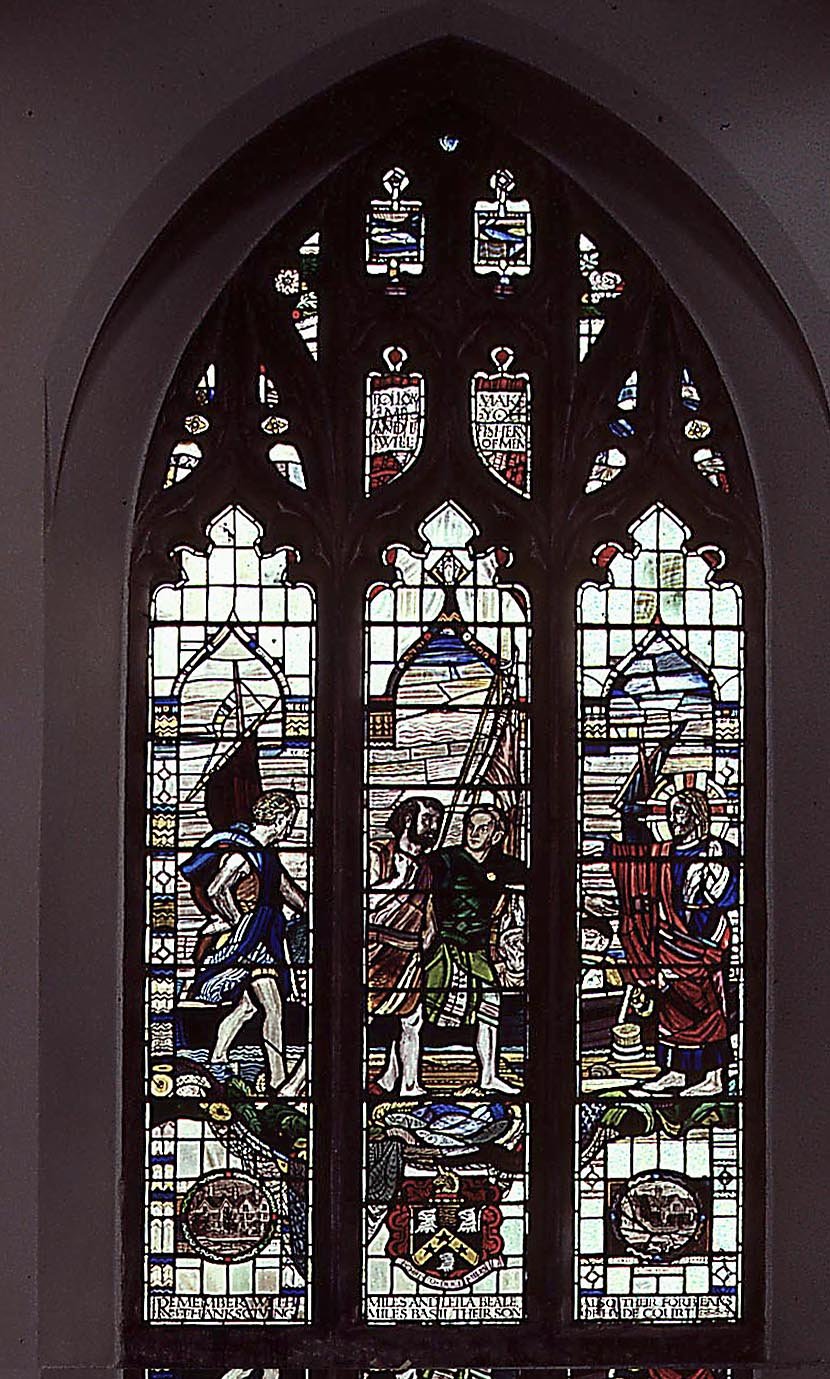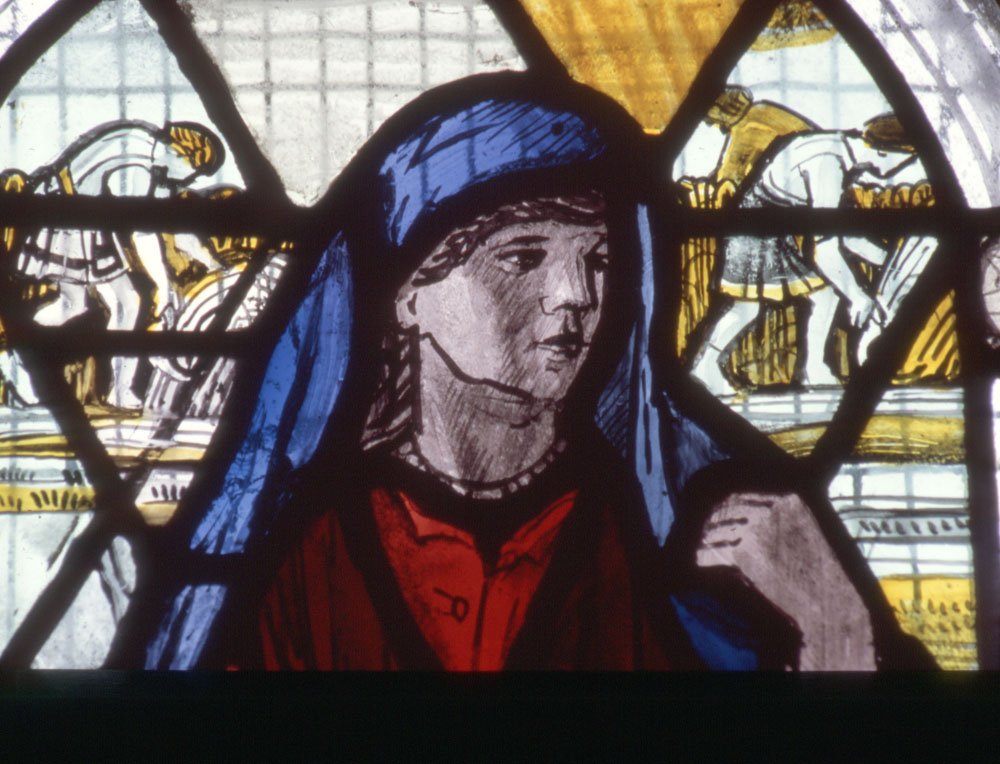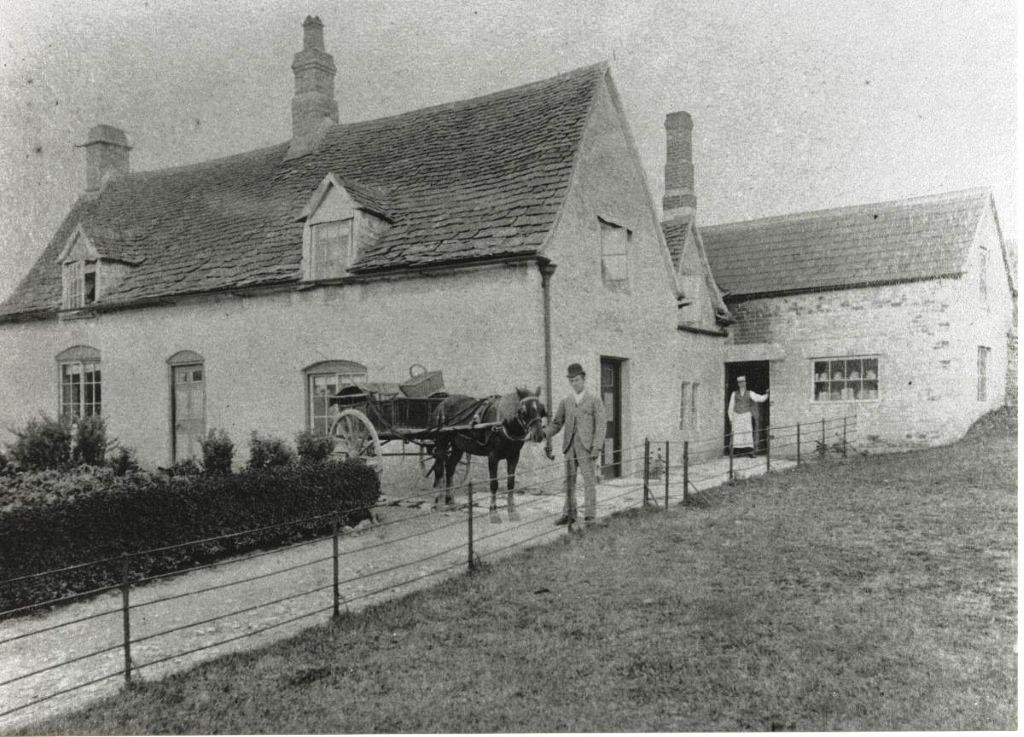
Box History
A short history of the village of Box
Box was first documented in the 14th century as “La Boite” (The Box), gradually becoming recognised as a local weaving industry hub until the 1800s. When local weaving popularity settled, the population of Box reduced to approximately 300 residents, in 200 cottages, mostly being constructed of local Cotswold limestone.
The first dwelling in Box is believed to have been built in the 13th century, though as late as 1700 there were still only 13 dwellings in the village. With the setting up of the English weaving industry around 1790 there was a huge population explosion and by 1830, 151 households were on record. Most of the present houses were built in this period, using “Cotswold Stone” dug from the underlying limestone forming the range of hills known as ‘The Cotswolds’. Spun wool, gathered from sheep grazed on the Cotswold Hills, was given to the weavers to work in their own cottages.
Box was a hive of such activity until the middle of the 19th century when the numerous new woollen mills, built in the surrounding valleys, caused the collapse of cottage hand-loom weaving. By this time several large houses had been built and during the 19th century many of the old weavers’ cottages had been enlarged and modernised. Piped water was introduced to the village in 1912, gas in 1920 and electricity in 1930. Sadly, all of the six or seven old village shops have gone and where there were five pubs, the last one, the Halfway House, has recently been closed. The nearest state primary school is in nearby Minchinhampton.
Box today is a village of about 150 houses with a population of approximately four hundred. Not all that long ago, most of the inhabitants of Box were elderly and retired. These included some of the original weaving families as well as newcomers to the village. In recent years, many young families have come to live in Box and there is now a thriving and balanced community of all ages, including many young children.
Box Village Society has a rich collection of publications on the history of Box.
“Box As I Remember”
The personal history and collective memories of one of the last residents to be born, spend her whole life and eventually die in the same house in Box. by Ethel Smith (1903-1981) – £2
“Box 1800-1850”
A small but fascinating booklet tracing the history of the village during the early 19th century, compiled using local resources as well as documents held by Gloucestershire Records Office. Written by Cyril Turk in 1998 – £2.50
Packet of 8 Notelet Cards with Envelopes
This contains two copies of four Drawings of Box: “Box Green Cottages”, “The Old Post Office”, “The Pen” and “Box Green” by Juliet Keyte – £2 per packet
Photograph of Box 1985
A video “The Story of Box” can be obtained through the Village Society.
Also available on loan is a more recent pictorial record of the people of Box and their lives in the village.
Box Village Society publications are available from the Chairman – Richard Hughes. Contact us via the button below or call: 01453 835478
“Box Back then.”
1900’ - 1950 - 1999
Bakery c 1900 with Joseph Daniels in background and son Paul
Beaudesert 1930s
Beehive Box c 1910
Box Village historical photograph
Box Village historical photo
Box Village historical photograph
Box Village historical photograph
Box Village historical photograph
Box Village historical photograph
Box Cottage, Box 1934 Miss Beatrice Ross JP
Box Cottage - Box 1936 Mrs Hurst
Box Cottage - Mrs Turk and Christopher Feb 1946
Box Cottage - Box 1936
Box Farm
Box 1895 front
Box air view c 1936
Box Village Residents
Box Village, Stroud
Box Football Club 1925-6
Box House c1880
Box house c1936
Views over Stroud Valleys from Box
Box Inn
Box 1925
Box - near Greyroofs 1925
Box Farm
The Box - Minchinhampton History
The Box - Minchinhampton History
Box Postcard 1928
Halfway Cafe Historical Photos - Box, Stroud
Box, Minchinhampton
Box Postcard
Box Postcard
Box Rovers AFC 1930-31
Box Villa Football Club 1921-22
Box Village Green 2 c1914
Box Village Green
Box Village Green 4 - 1935
Box Womens Institute outing
Braceland (now Pepperpot)
Chine 1930
Chine 1930
Minchinhampton Common 1930's
Cross Cottages and The Pen BX2
Greyroofs May 1932
Historical Box Village Property
Longford Lake
Minchinhampton - Devils Elbow
Minchinhampton - Holcombe Wood 1
Minchinhampton - Devils Elbow 3
The W Nailsworth 1917
The W
Tom Longs Post
View from Braceland - now Pepperpot
Tom Longs Post c1930
Box Village Hall
Cross Cottages - Box 1975
Halfway house
Halfway House. Box 1950-1999
Box Village Post Office, Box Open Day
The W
1 Baycroft 1990
Appletree Cott 1989
Box Children 1998
Box Corner Front 1971
Box Corner Front 1971
Box Corner Front 1990s
Box Corner rear, 1971 1
Box Corner rear, late 1970s
Box Inn - Box 1965
Box Pancake Race (1) 1989
Box Pancake Race (1) 1989
Box Pancake Race (1) 1989
Box Pancake Race (1) 1989
Box Post Office Aug 1965
Box Shop 1965
Box Shop and Post Office 1992
Box Village bonfire wood collection 1 Nov 1995
Box Village bonfire wood collection 1 Nov 1995
Box Village Hall trees 002
Box Village Hall trees 004 1992
Bus service 1998
Commons Edge 1989
Commons Edge 1989
Greyroofs May 1932
Halfway House Inn 1985
Halfway House Inn 1998
Lt Col Hatton & Ruby Buckle 31-12-1996
Lt Col Hatton's Diamond Wedding 30-07-2000
mgj box air 1
Stable Cottages and Box Corner
The W - South View and Bracken Lodge - later demolished
Box Amberley PTA c1958
The old shop
Box Village Hall 1970s
Box Village Hall 1970s
Box Village Ariel View
Box Village Ariel View
Beehive Box Sept. 1967
Box Postcard 1928
Box Postcard 1928
Box Postcard 1928
Box Postcard 1928
Box Farm
Greyroofs well 1975 / natural spring
Baker Daniels Cart Shed on the Green
Mr Gardiners Coal Shed and Door to Stables - now Baycroft and Old Stables
Humphries House (now Well Cottage)
Kirbys Residence (now Box Green Cottages)
Bus Shelter 1947
Box Postcard
Box Postcard
Daniels Shop and Shiner Whites Door
“Box as I remember.”
Box Farm
Box Farm
Box Farm
Box Farm
Box Farm
Box Lane
Beehive Box c 1938
St Barnabas Church, Box
Box Lane, Greyroofs
box newspaper roundabout man 1
Box Historical Documents
Box Village Historical Documents
Box Village Green historical photo
The W, Box
Box 1895 rear
Highlands 1907 - now Beaudesert
Cross Cottages and The Pen BX2
Beehive Inn Box 1911
Box from the Common - sepia
Box from the Common - sepia
Box
Box pc 018 from below Halfway House BX9 side 2
“Box now.”
2000 - 2025
Corner Cottage Garden 2024
Box Village Hall, Summer 2024
View of Box Woods from Wallys Cottage, Box, next-door to Whitton Cottage
Box St Barnabas Church August 2024
Wallys Cottage Garden, Box, next-door to Whitton Cottage
Box telephone Box August 2024
Box Church Box August 2024
Box Green 2024
Box Village Natural Spring 2024
Wallys Cottage, Box, Stroud - overlooking Box Woods
Ways Meet, 2024
Beehive 2024
Box lane
The snicket c2019
Box from common above Old Box Inn Dec 2005
Box Green Cottages 2003
Box Green Cottages and benches 2012
Box from below Halfway Inn 2000
Box aerial view 2023
Highland Cattle - Photography by Trish Bloodworth
Highland Cattle - Photography by Trish Bloodworth
Edward Raymond Payne, Stained Glass Artist,
1906-1991
Edward Raymond Payne, the renowned stained glass artist, spent most of his working life in Box living in the house known as the ‘Triangle’.
He was born in 1906 in Birmingham. His father Henry, a teacher at the Municipal School of Art in Birmingham, married Edith Gere in 1901. They were both members of the Birmingham Group of artists and had close links with the Arts & Crafts Movement. In 1909 they moved to Amberley in Gloucestershire. They settled in the old schoolhouse (‘St. Loe’s’ now renamed ‘Seynckley House’) which his friend, Sydney Barnsley of Sapperton, had restored. Henry followed a successful career as a stained glass artist and mural painter (for example at Madresfield Court near Malvern and the Palace of Westminster). The whole family was involved in the running of the studio and it provided a happy and fulfilling childhood environment. Edward’s mother, Edith, was also a gifted botanical artist and a major exhibition of her work was held at the Birmingham Museum and Art Gallery in 1979.
In 1913 Edward went to Junior House, Cheltenham College and subsequently to St George’s School, Harpenden. He was sent in 1923 to The Royal College of Art but after two and a half years he returned home to help in the family studio. He subsequently returned to college again for a year in the company of his brother. He was able to get a wide grounding in etching, drawing and painting which he clearly enjoyed. Immediately after college he spent six months at the William Morris factory at Merton to train as a manager but he decided that this was not where his talents lay.
Woodgreen Village Hall in Hampshire was built during 1930-31. In 1932 Edward Payne and Robert Baker a fellow student from the Royal College of Art were commissioned, by the Carnegie Trust, to decorate the walls entirely with murals. They painted the village as it was then with local scenes. The BBC, in a broadcast in 1973 called it the ’Village on the Wall’. These murals are still in good order and can be visited by appointment.
There followed a period which he described as his ‘formatory years’ spent in the homes of ‘well to do’ patrons doing wall paintings and decoration. These included the homes of the then Minister of Education Oliver Stanley & his wife Lady Maureen. At this time he became engaged to Molly Sailby and married her in 1937. He describes how the effects of impending marriage and perhaps a religious conviction indicated that he should abandon his wall paintings and move on as a dedicated stained glass artist.
He returned again to Amberley to help his father who was ready to pass on commissions. The first of these was ‘the baptism of St John the Baptist’ for France Lynch Church.
In 1938 his father became severely ill and Edward with his new wife Molly moved close to St. Loe’s. Sadly his father died in 1940 and the last thing that Edward did with his father was a tapestry design for a private house in Worcestershire. He was called up at the end of that year and served in 4th/7th Royal Dragoon Guards. He seemed to have had a happy time and in his spare moments drew portraits of the men and scenes of Army life. He was not an official war artist but several of his paintings are in the Imperial War Museum and over 40 are in the Regimental museum of the 4th/7th Royal Dragoon Guards in York.
His war experiences gave him a feeling for the ‘common man’ which was to influence his life and work thereafter.
After the War he returned to set up home in the ‘Triangle’. The house was built in the late 1930s and the distinctive large windowed studio was added at the end of the war. The view from the house which overlooks the village is featured in an early watercolour.
From 1952 he taught life drawing at the Stroud Art School and was later given charge of the windows in Gloucester Cathedral, where he did all the repair work from the sixties onwards.
The life of Edward Payne (continued): He lived and worked in Box through most of his productive life. His work was split between repairs, the creation of new windows, teaching and his own paintings. There are about 70 of Edward’s windows recorded in locations throughout England and Wales – and also overseas. Two war memorial windows in Gloucester Cathedral are by Edward and there are many local churches which also contain his work. These include: Minchinhampton, Avening, Brimscombe, Chalford, Painswick, Randwick, Rodborough Tabernacle and St. Joseph’s RC in Nympsfield. The work of which he was most fond was the Pilgrim’s window at Newnham on Severn. He became a member of the Cheltenham Group of Artists and regularly exhibited paintings and children’s portraits.
In 1984 in recognition of his contribution to the Arts & Crafts movement and to stained glass, the Birmingham Museum and Art Gallery commissioned a tape recorded interview for their Archives.
St. Barnabas, Box was the first stone church to be built after the Second World War and Edward was involved in its design. As his ‘home church’ it is fitting that it is blest with three of his windows. A window by him that also acts as a memorial to his life was installed recently by Edward’s former assistant Graham Dowding. Edward’s Christian faith and knowledge of the Bible is apparent from his work and he was very supportive of the work of the Parish of Minchinhampton with Box. For a number of years he provided a drawing every month for the front cover of the Parish Magazine.
Besides his window making and painting, Edward was closely involved in Box village life. He was a good friend and neighbour to all and would go out of his way to help those in need. Many have been in receipt of hand written notes or little cartoons. He did not use professional models but drew inspiration from his family, friends, art college students and village residents both young and old. Edward enjoyed teaching and watercolour painting. He founded the Box Art Group in 1985 which has always met in Box Village Hall. It is still going strong with currently about fifty members, including some of the original founding members.
Graham Dowding worked as an assistant with Edward from the early 1980’s and assisted with the conservation of glass at Gloucester Cathedral. He took over this responsibility in 1983 and in 1993 he established a studio in the refurbished Ruskin Mill. The Ruskin Mill Centre for Cultural Development was inspired by the work of John Ruskin, William Morris and Rudolf Steiner and provides educational opportunities amongst the studios of dedicated craftsmen.
Edward Payne’s first wife Molly died in 1974 and in 1975 he remarried. In the next fifteen years Edward remained productive, supported and encouraged by his second wife Mary. His daughter Caroline Swash is also a successful stained glass artist, writer and lecturer at St. Martin’s College of Art Design and freeman of the Worshipful Company of Glaziers and Painters in Glass. It is fitting that one of her windows can be found in Gloucester Cathedral.
One of Edward’s last drawings was of ‘the Scholar Gypsy’ and his last window was for The United Reform Church in Croydon, both completed in the year before he died.
The centenary of the birth of this leading stained glass artist was marked with the first major retrospective exhibition of his work, staged jointly at Ruskin Mill, Nailsworth and Box Village Hall (20/05/2006 – 04/06/2006) together with a lecture on his stained glass given by his daughter Caroline Swash. The concept of these exhibitions came out of the community in Box. Seed funding was obtained from local bodies, individuals and charities enabling successful application for a significant Heritage Lottery Fund grant. There was a gratifying response to requests for material for the exhibitions with over 300 items offered. Many pictures were made available by a number of private collectors and local residents. Over 40 war drawings were loaned by the Regimental museum of the 4th/7th Dragoon Guards in York.
The Ruskin Mill exhibition explored his career as a maker of stained glass, and showed several of the original cartoons and studies, as well as examples of his glass and large scale reproductions of windows.
Edward Payne’s drawings and paintings were shown in Box Village Hall. This exhibition was curated by Malcolm Martin and that at Ruskin Mill jointly by Malcolm Martin and Graham Dowding. The exhibition in Box Village Hall was opened by Carolyn Elwes (President of the Gloucester Guild of Craftsmen). Over 2,500 visitors (including 125 children) attended these events.






















